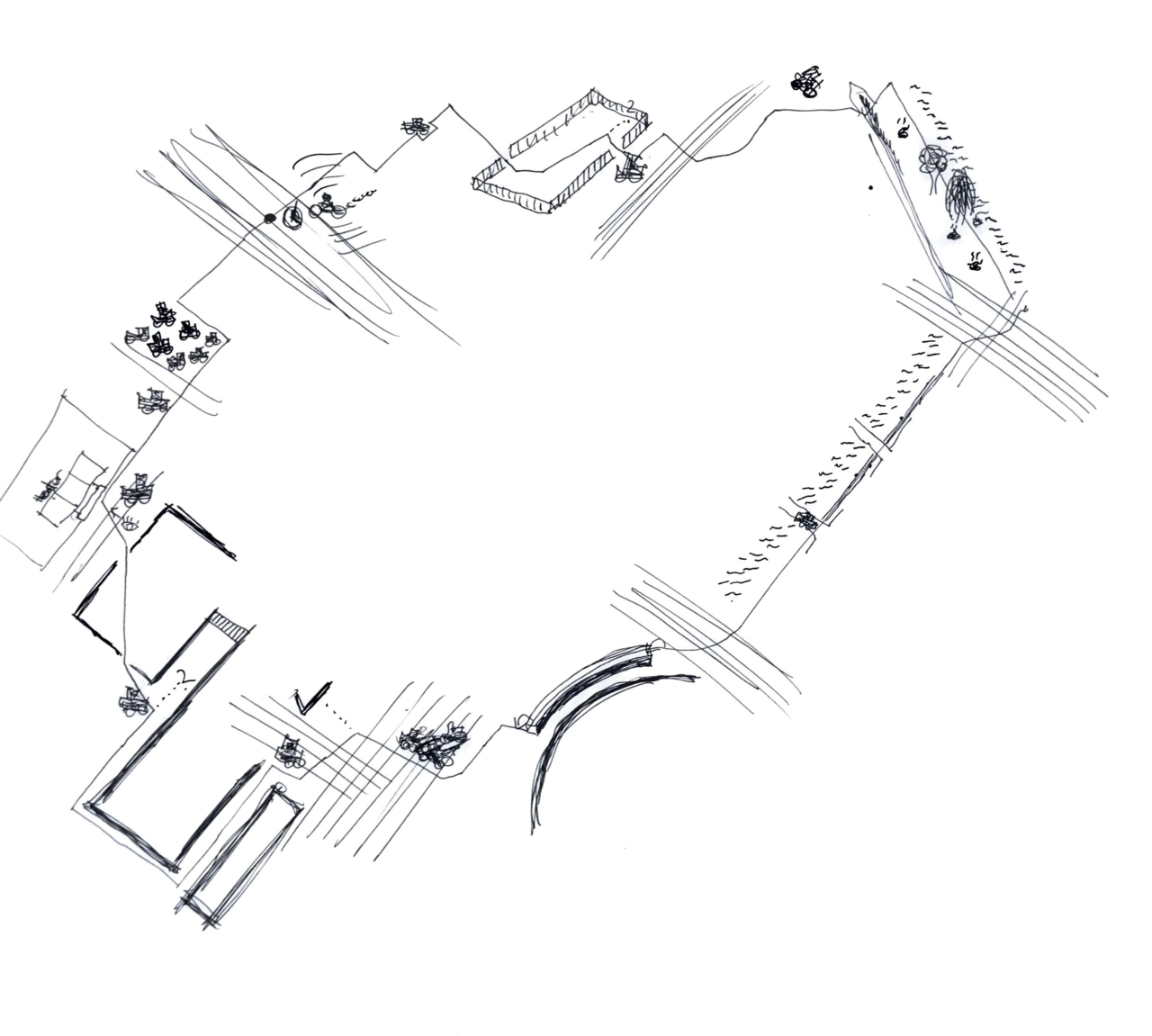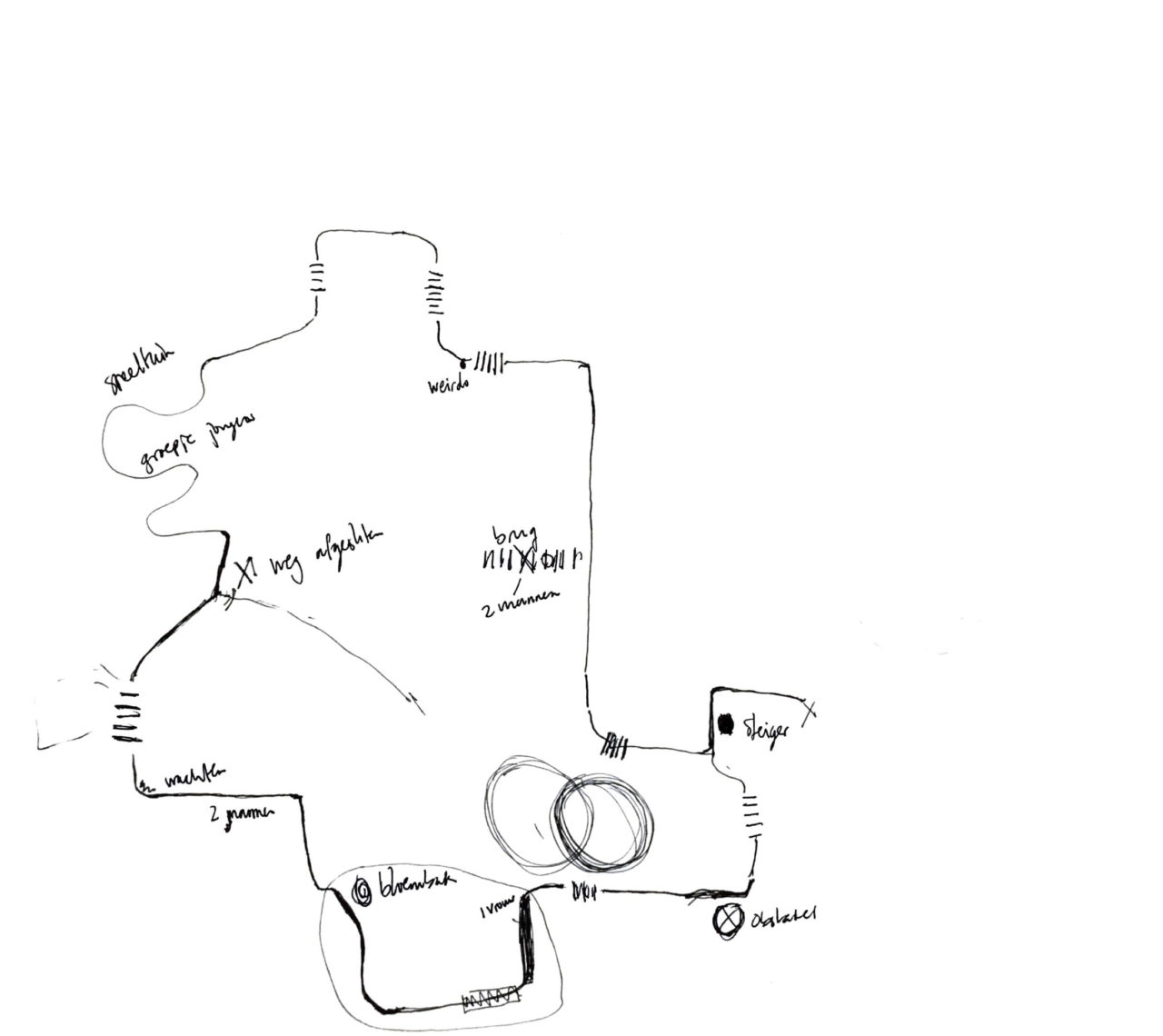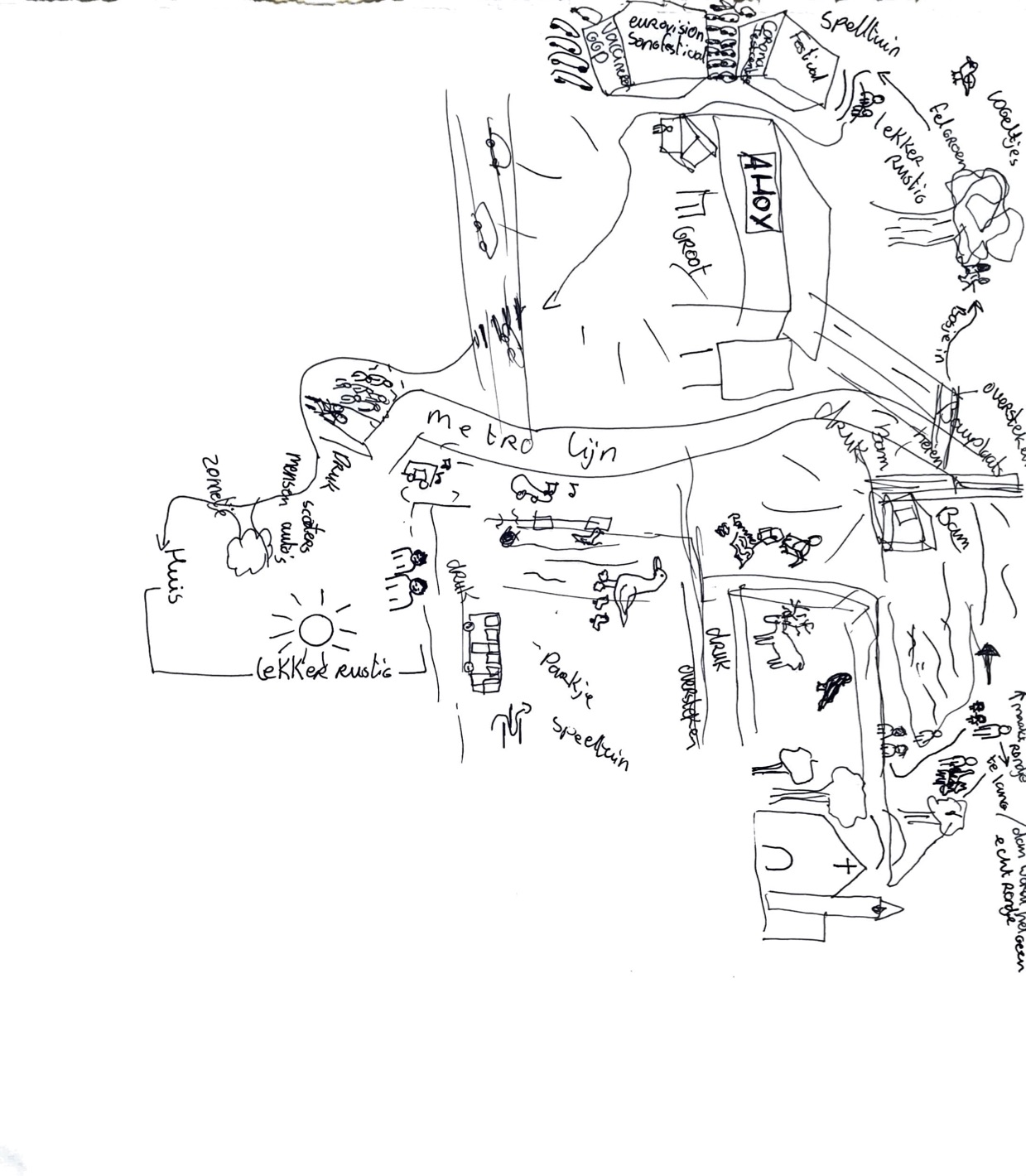Zebra Machine

Project details
- Programme
- spatial-design
- Practices
- Autonomous
- Minor
- Public & Private
The zebra crossing is a symptom of the current state of public space in Rotterdam. It presents how the movement of the car is prioritised over the movement of pedestrians and other users of the pavement. Until now, public space is actually not so public. The Zebra Machine disrupts this situation.
Nominee Treshold Awards Autonomous Practices
We find ourselves being in public space on a daily basis. This environment is common to us. We have learned to perceive it as normal. The experiences we have as inhabitants of Rotterdam might be habitual and the routine, but still shape our being in the city. My aim is to expose these experiences that seem less obvious, but are maybe not desirable.
The Zebra Machine
Everybody knows and understands the signal of the white stripes of a zebra crossing. The zebra crossing seems a friendly option for the users of the pavement to cross the street. However, in practice they are limiting. People repeatedly have to change their direction, make detours, wait for vehicles to stop while hearing loud engine sounds of fast passing cars and inhaling toxic emissions. And the ability to cross the street safely depends highly on the attentiveness of the vehicle drivers.
Although we seem to have collectively accepted this environment as normal, it creates environment that is violent and contaminating. Thus, I feel the need to counteract this situation. I designed and built a painting machine and went on a secret mission with a great team at 5 am in the morning. With the painting machine we changed to practice of the street. The video below shows how this went:
By lengthening the universally known signal of the white lines along the entire street, I invite everyone to go their way. The street becomes a shared, and therefore a safer and more inclusive space.
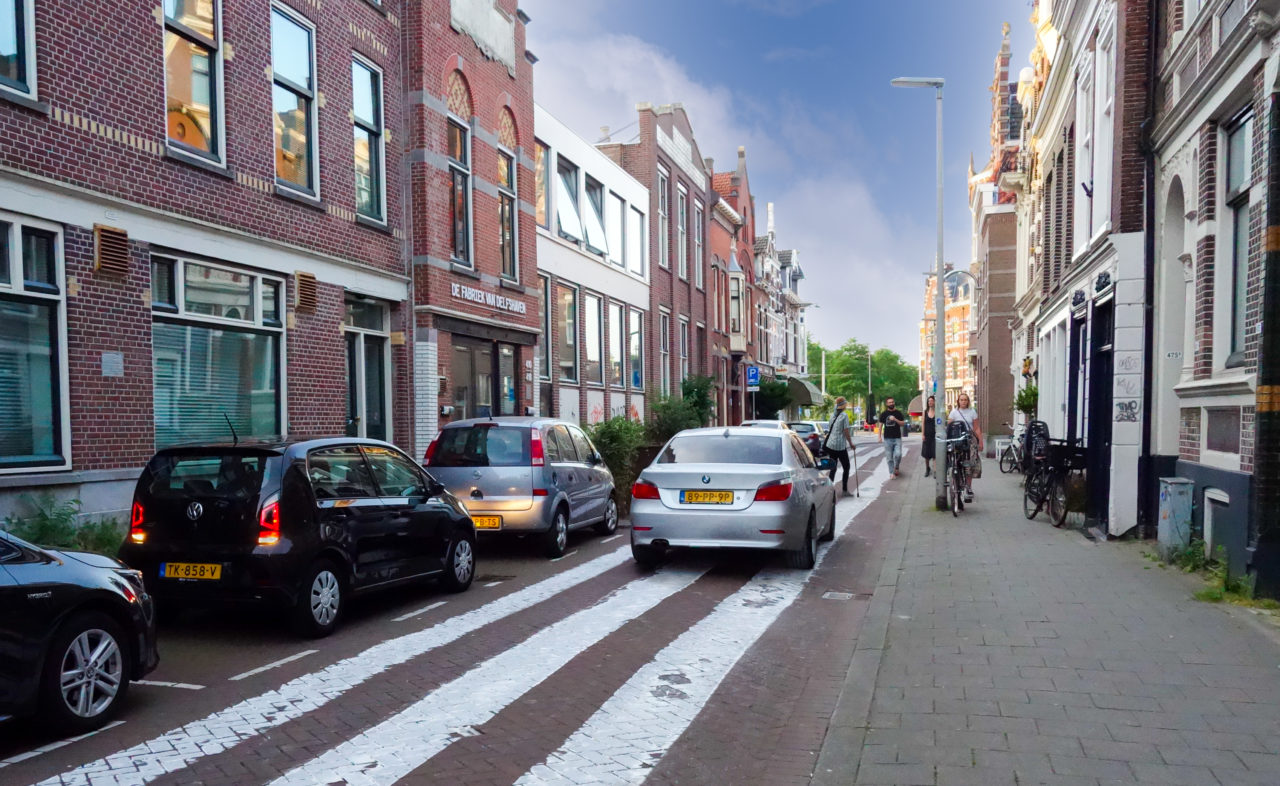
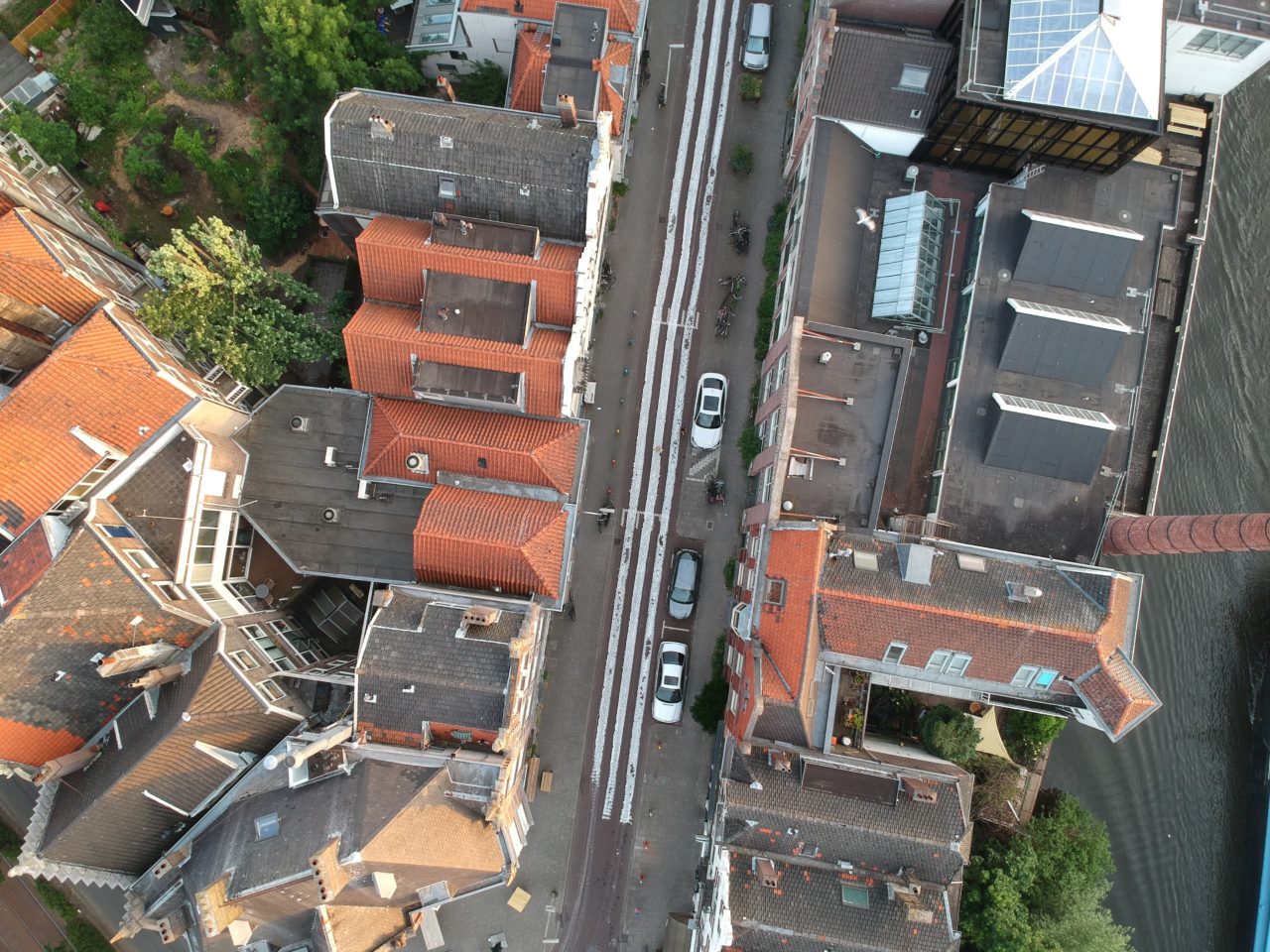
The temporary paint is based on chalk and not harmful for the environment or any being. The length of this work is 145 meters long! The paint machine is designed to adapt to the changes in the surface of the street, like the speed bump or tilted tiles. The different paint rollers move independently and are able to move diagonally. The force of gravity and the diameters of the tubes and holes are in balance so that the paint is equally distributed over the street. The Zebra Machine consists of separate pieces that can be transported by cargo-bike. I like to draw many more zebra crossings in Rotterdam and other cities.

Research
I have been following many pedestrians and other users of the pavement on their move through Rotterdam. They varied in age, gender, length, speed of movement, (not) homelessness and more. I walked about seven meters behind them with a film camera and observed what happened. Their body and the public space were in constant dialogue: one step to the left, slowing down speed… in direct response to their surroundings. To bring forward their perception of public space, I asked them to draw a mental map. The tool of mental mapping exposes the personal experiences of a route beyond its geographical structure. This tool enabled me to discover what influenced the experience of the participants that was less obvious and implicit at first. The hinderances that the participants encountered on the pavement that disrupted their way of moving or that they had to endure during, are influenced by personal experiences and learned behaviour. In my research I called these hinderances implicit barriers.
Beautiful and vulnerable stories were shared with me when the participants spoke about what they drew and what I observed. But one topic stands out: the stress that every participant experienced when facing the car centred mobility system. Many implicit barriers that I collected link to this one particular topic. Crossing the street is the moment when the user of the pavement is most confronted with the mobility system. All the crossing moments are clearly visible in the mental maps as harsh and aggressive lines cutting their own routes, detours, traffic lights, signs of danger and more. Also many zebra crossings were drawn indicating forced detours to ‘safe’ crossing places, or pointing out the misfitting placement of the zebra crossing…

Collecting the experiences of users of the pavement made me able to indicate implicit barriers faced in the public space of Rotterdam. I categorised these implicit barriers according to the chart on the right. The chart is shaped by two axes: from material to immaterial (x-axis) and constructed to fluid (y-axis). Curious to read more about my research and how I came to this chart? I uploaded my research document to this page.
In Rotterdam, public space is characterized by the hegemony of the car. The governmental-controlled mobility system has grown increasingly around the concepts of efficiency and speed since the second world war. Privileging cars creates spatial, social and economic separation. And this separation creates inferiority: if you don’t have the resources to have access to a car, a lot of square meters are not accessible to you. Considering the noise, poisonous emissions, accidents and their emotional toll, public space facilitates the highest level of direct exposure to violence in most of our lives. And this is happening on a daily basis. The systemic violence is created by us and we seem to have collectively accepted it as a tolerable price.
After combining all the stories of the users of the pavement, I developed a critique to this dominance of the car in public space. I present this critique by offering a simple solution to the city in the form of a public intervention. By emphasising the symptom of this system, the zebra crossing, I create a solution.

Research Document “Zebra Machine”
The document elaborates on who the participants are in my research, how I used the tool of mental mapping, the structure of the chart and conclusions that followed.
Project Document “Zebra Machine
Curious about how the Zebra Machine was designed and built?
